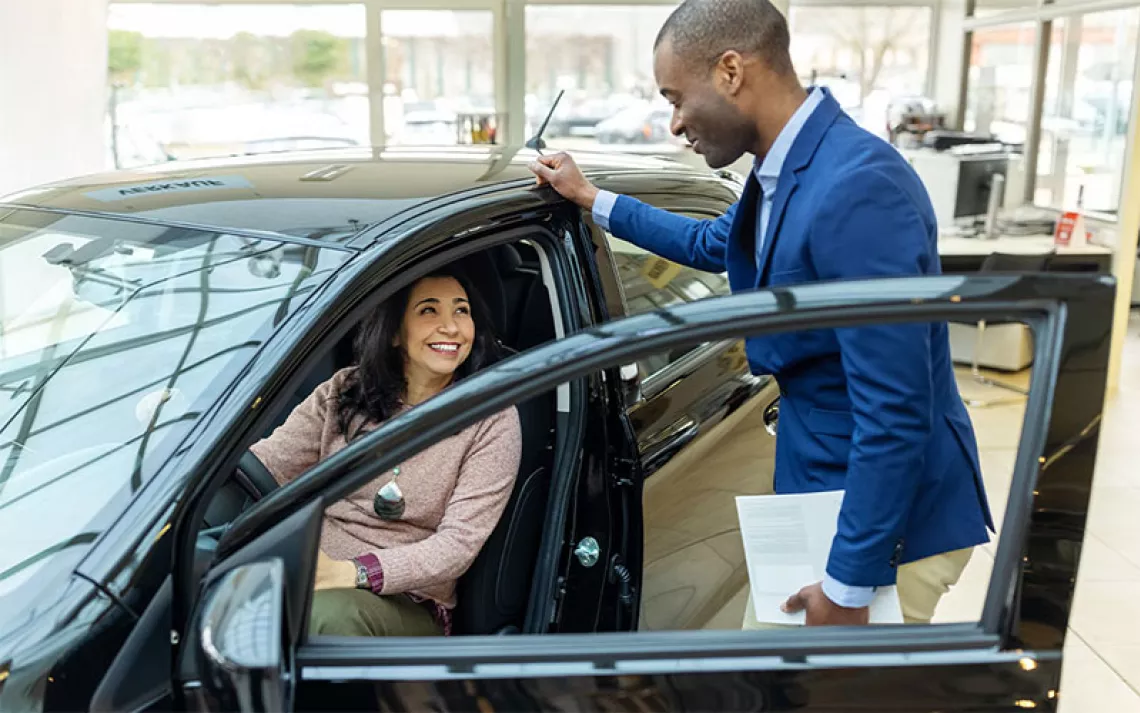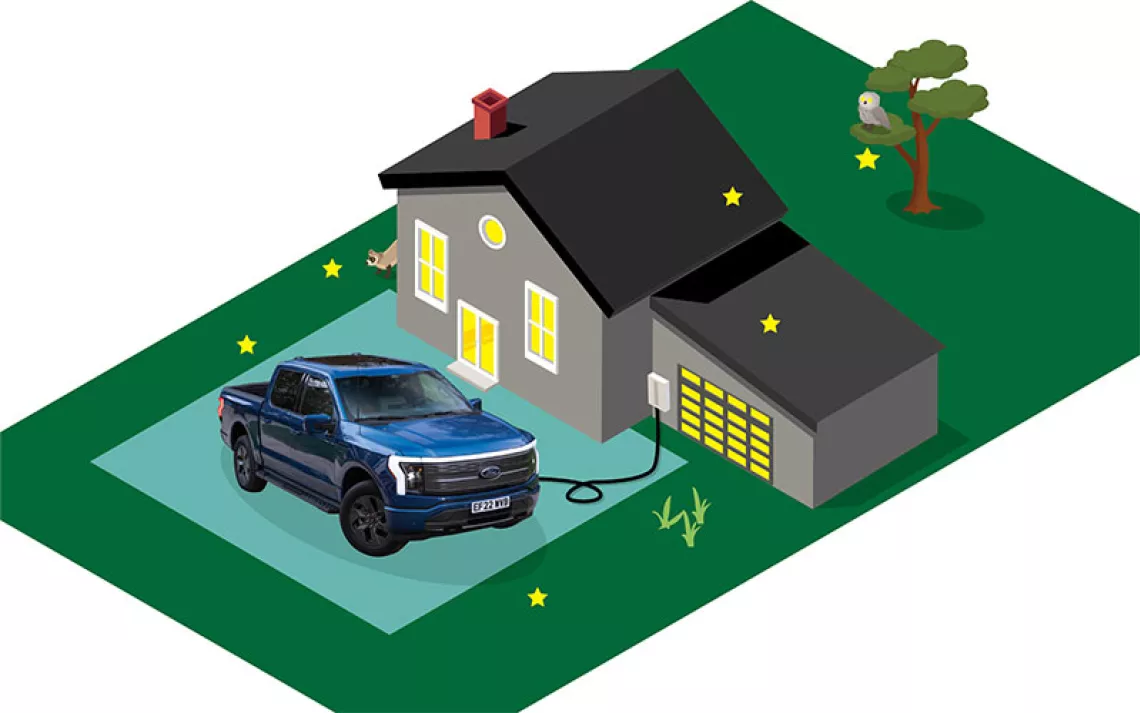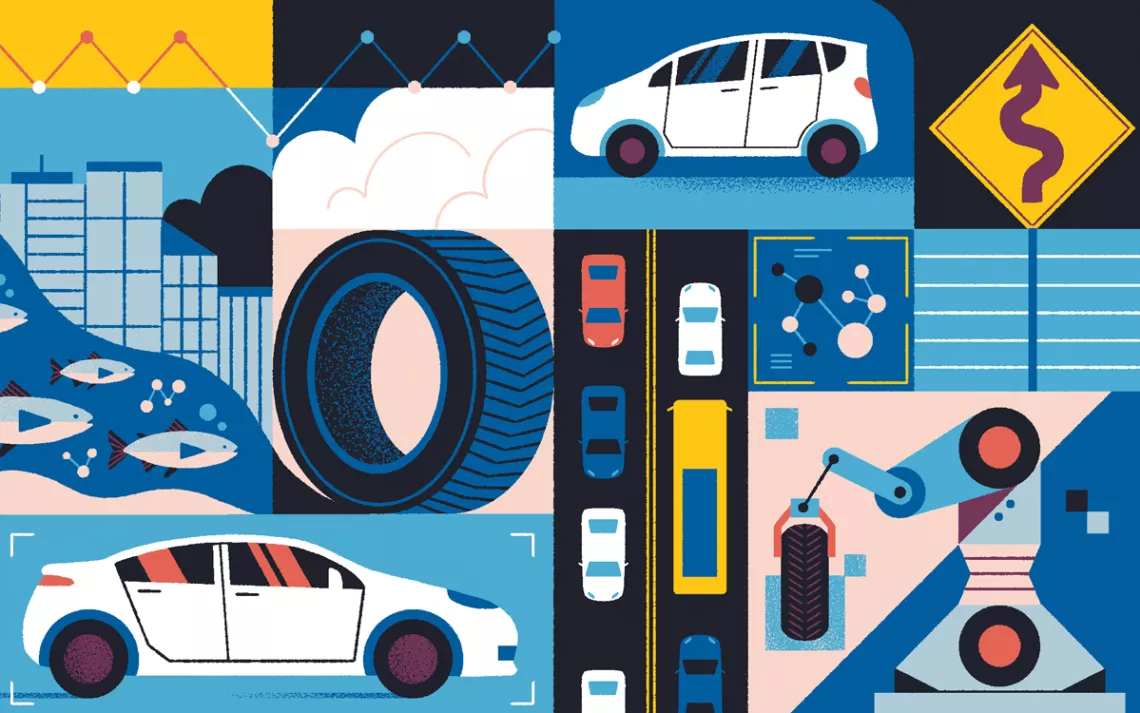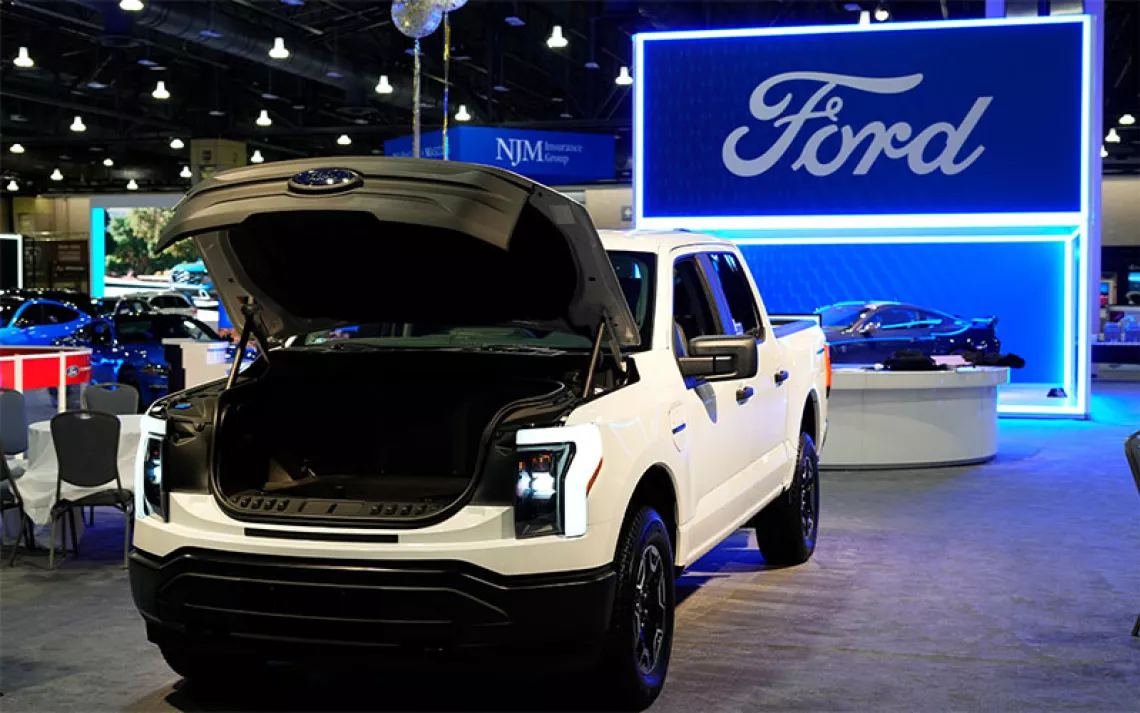Electrify Your Wheels: Check Out the New Range of E-Bikes
What kind of cyclist are you?
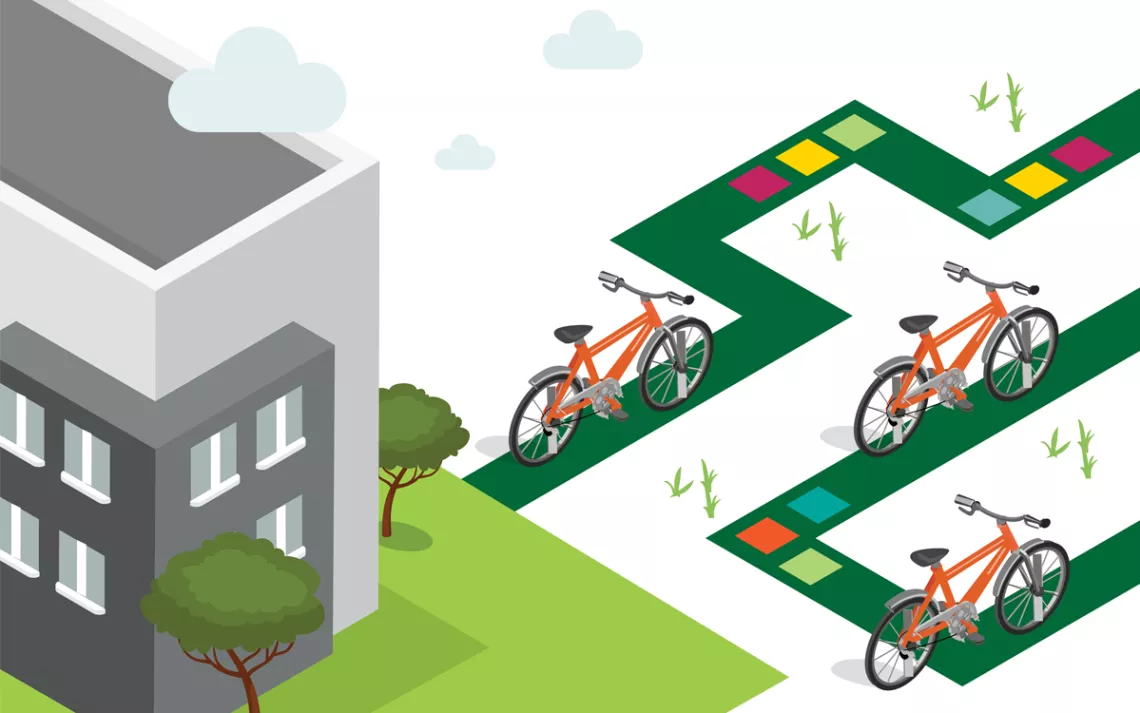
Bicycles are winning the clean transportation race. But not the traditional models now known as analog bikes, a term that indicates the emerging dominance of an alternative. The fastest-growing two-wheel mode of transportation is now the e-bike, whose extra nudge of electric assistance feels like a magic carpet. Today, e-bikes’ ease and versatility make them a viable alternative to the automobile. Their sales now exceed those of electric cars.
While electric bikes were once bulky and unwieldy (some still are), they’ve evolved dramatically in just a few years into lighter, nimbler, and more powerful machines. They range from cruisers to commuters to kid-and-cargo haulers to high-performance mountain and road bikes. What they share is their winning attribute: E-bikes are fun.
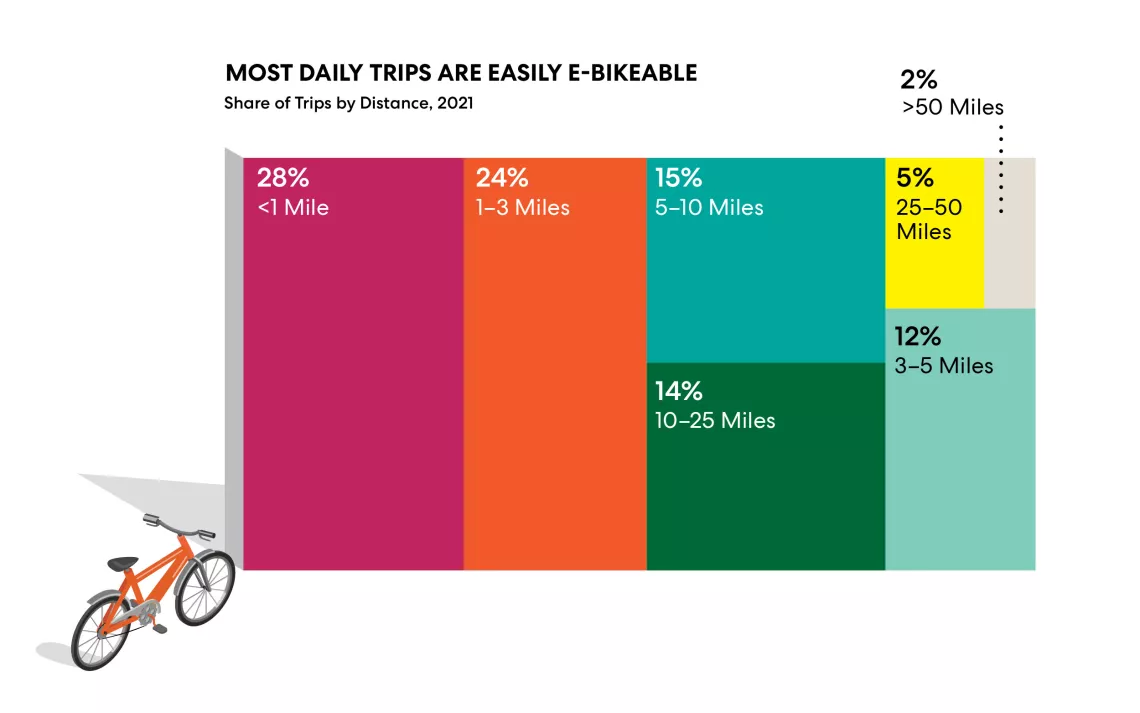
They’re also technological marvels, employing not only rechargeable-battery-powered motors but also sensors that coordinate the degree of assistance with a bike’s speed and the rider’s effort. In the United States, e-bikes are legally defined as bicycles if they have operable pedals and an electric motor of 750 watts (one horsepower) or less. This means, among other things, that they don’t require you to have a driver’s license. The maximum 750 W doesn’t necessarily translate to more of a boost, though. If you’re in the market for an e-bike, one of the most important factors to consider is the amount of torque, which is the force that propels the bike forward, measured in newton meters (Nm). Higher torque (above 65 Nm) provides greater bursts of power but can feel more like riding a motorcycle. Lower torque (under 50 Nm) feels more natural.
The main thing to know about your battery is its capacity, or how much power it contains. Measured in watt-hours (Wh), the battery capacity—when combined with factors like rider weight, type of terrain, and level of assistance—determines how long and how far you can ride before the charge runs out, a measure similar to EV range. Many bikes offer range extenders if the battery lacks the amount of power you need, but they’re not cheap. Also remember that the bigger the capacity, the heavier the bike.
Because there are so many styles to choose from, the big question is, What kind of rider are you?
What Kind of Rider Are You?

The Commuter
Gazelle Ultimate C380+
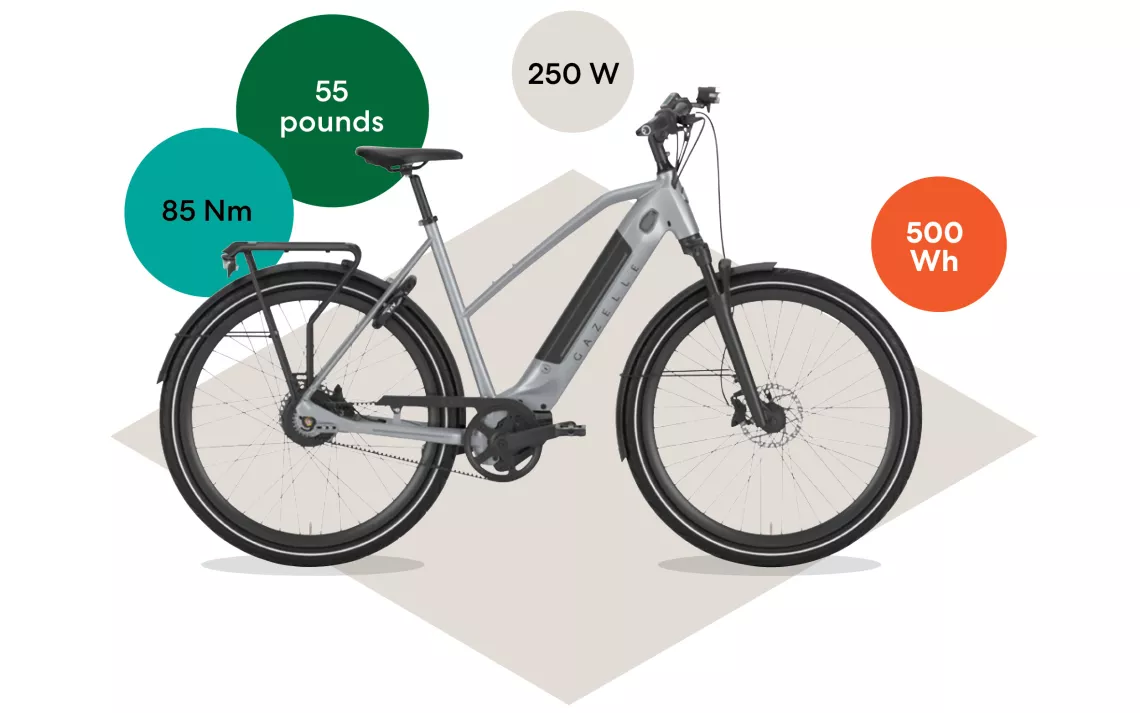
Low-maintenance and relatively light, with responsive handling for urban traffic, commuter bikes feature upright handlebars for comfort and options like suspension forks and knobby tires to instill confidence on poorly maintained asphalt. They often come fully equipped with lights, racks, fenders, and kickstands. The pioneers in the field are the bike-mad Dutch: A prime example is their Gazelle Ultimate C380+, which has a durable belt-drive transmission and a Class 3 Bosch motor. $4,000
Torque: 85 Nm
Weight: 55 pounds
Motor: 250 W
Battery: 500 Wh
The Heavy Hauler
Urban Arrow Family Cargo
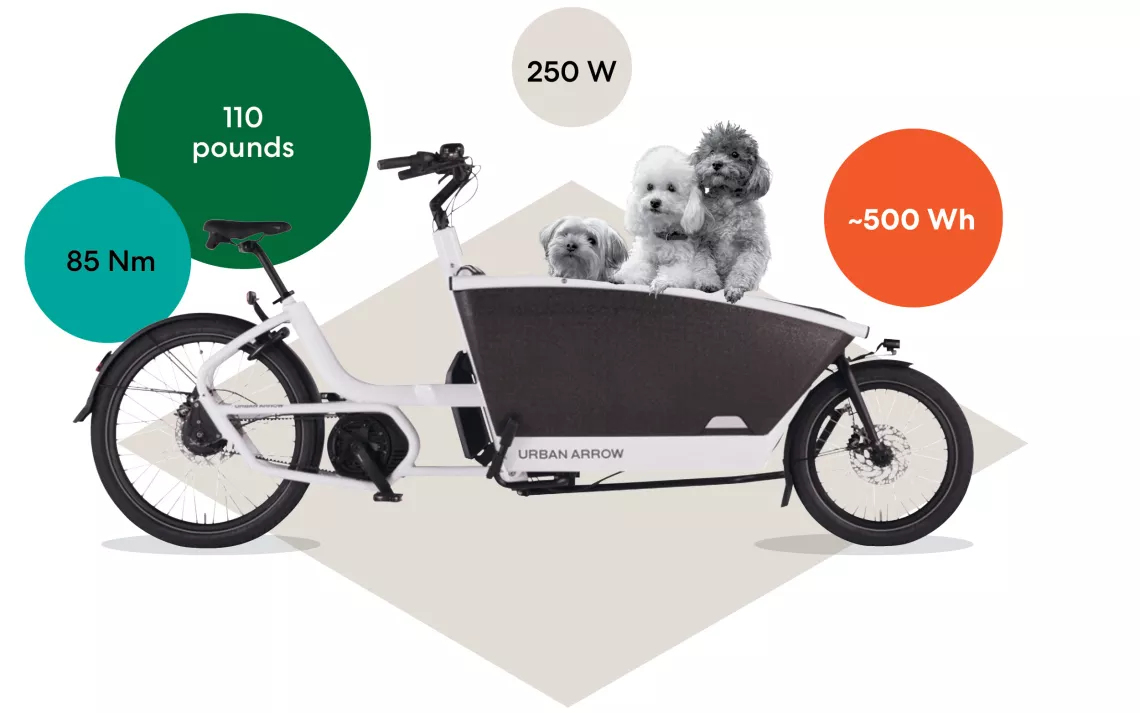
Capable of hauling up to 440 pounds, cargo bikes are the true workhorses of the e-bike world. There are two main styles. Longtails are like extended commuter bikes, with a longer wheelbase, smaller wheels, and fatter tires to smooth the ride. Front loaders (a.k.a. bakfiets in Dutch) have a bucket-like bin in front of the handlebars, great for keeping an eye on the kids. A classic example is Urban Arrow’s Family Cargo model. The box includes seatbelts. $8,000
Torque: 85 Nm
Weight: 110 pounds
Motor: 250 W
Battery: ~500 Wh
The Mountain Biker
Orbea Rise
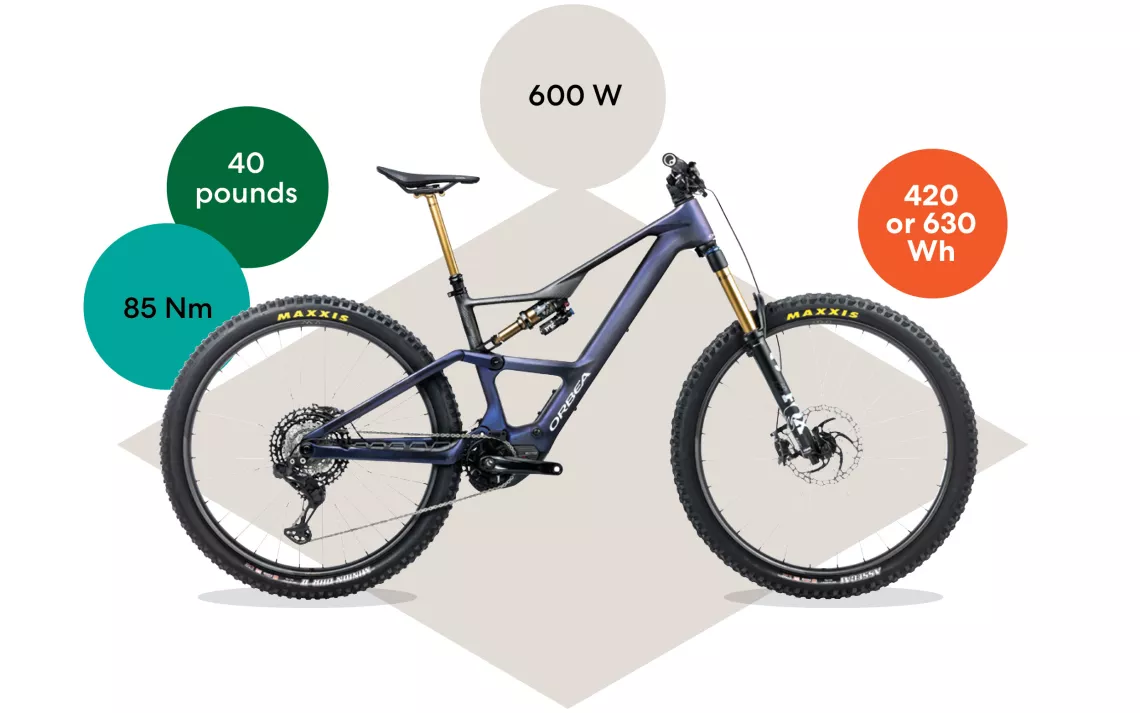
Ubiquitous in Europe, electric mountain bikes have been more controversial in the US. A new movement is awheel, however, in the direction of quieter, less powerful motors and a more agile, natural ride feel. At the forefront of this trend is the lightweight Basque-built Orbea Rise. Its motor allows you to adjust the torque up to 85 Nm when called for, and its battery boasts the best weight-to-energy ratio in the industry. You’d be hard-pressed to know it’s an e-bike from looking at it. $5,300
Torque: 85 Nm
Weight: 40 pounds
Motor: 600 W
Battery: 420 or 630 Wh
The Adventure Seeker
Tern Orox S12
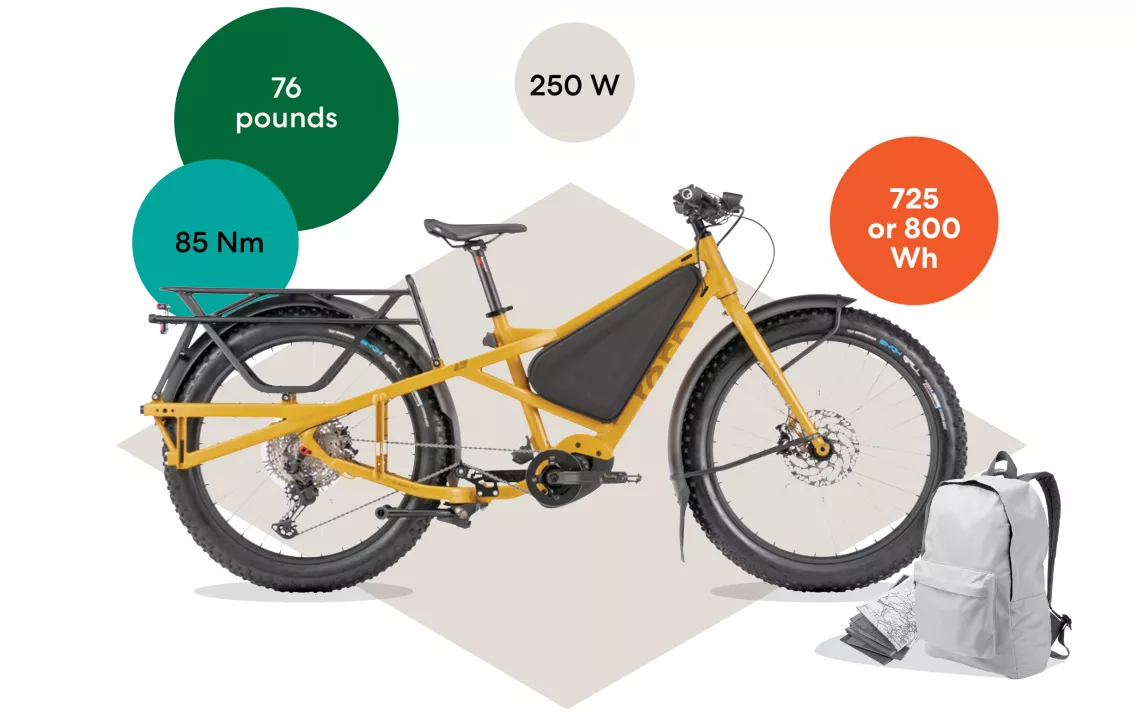
Want to go camping without driving or walking? There are e-bikes for that, with enormous tires, powerful motors, and heavy-duty racks. Tern’s brand-new Orox S12 aspires to iconic status in this realm, with four-inch knobby tires, 29-inch wheels, a Class 1 Bosch motor, integrated (high- and low-beam) lights, and an optional dual battery pack. With the second ($1,000) battery, the Orox’s advertised range is 200 miles. $6,500
Torque: 85 Nm
Weight: 76 pounds
Motor: 250 W
Battery: 725 or 800 Wh
The Road Racer
Specialized Turbo Creo 2 Comp
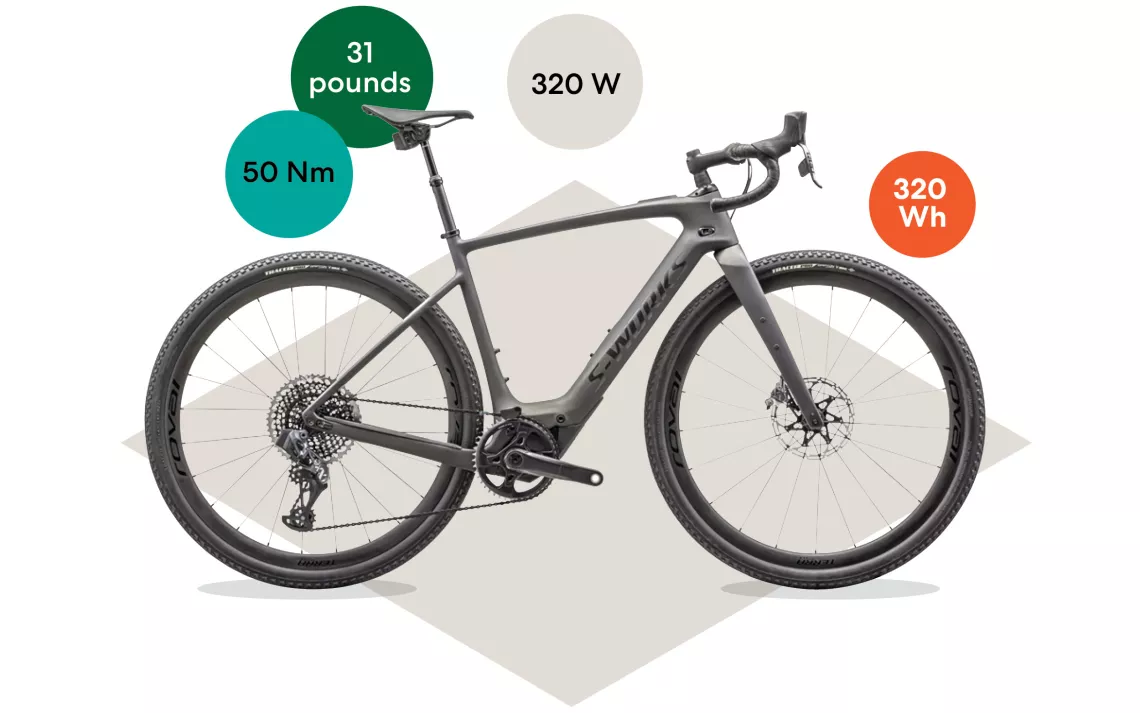
Even the spandex crowd has embraced e-bikes—especially aging hammerheads who no longer feel physically up to the speedfests and epic climbs they once conquered. Ever-lighter models of dropped-handlebar, racing-style e-bikes are now hitting the market. A perennial pacesetter is the Specialized Turbo Creo 2 Comp, whose lightweight proprietary Class 3, SL 1.2 motor and battery provide an 80-mile range. $6,500
Torque: 50 Nm
Weight: 31 pounds
Motor: 320 W
Battery: 320 Wh
Foldable
Brompton C Line Explore 6 Speed
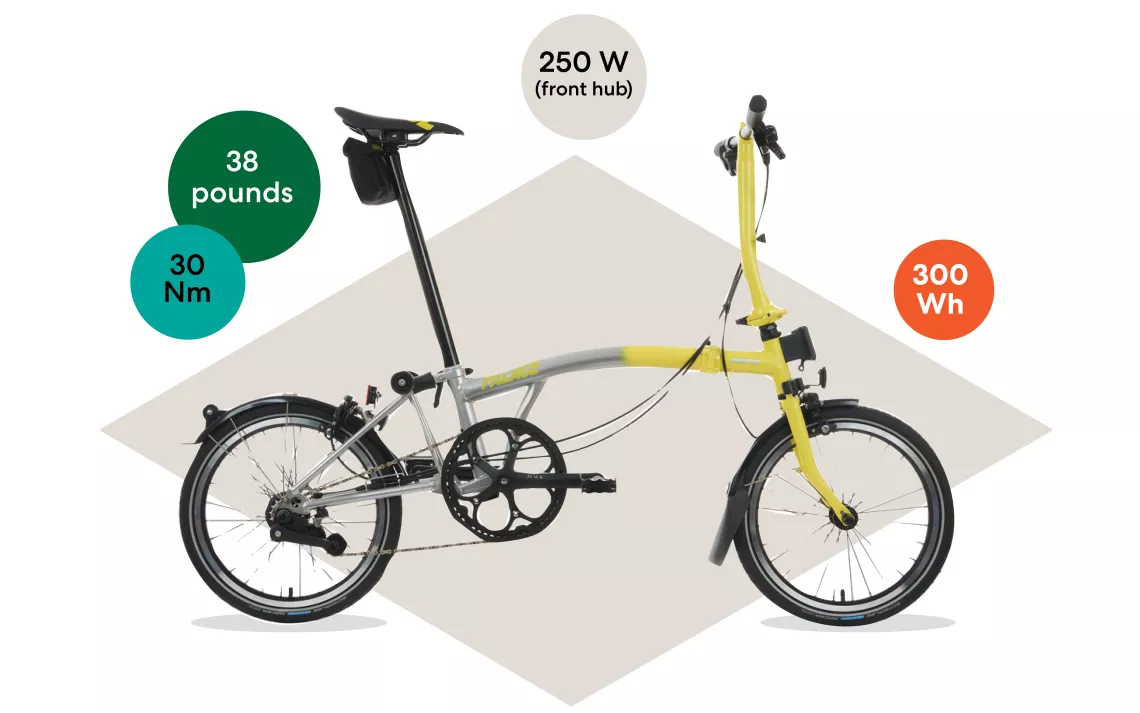
Folding bikes are usually thought of as travel vehicles—albeit less so in their electric form. Their weight makes them difficult to carry upstairs or lug onto public transport. Folding bikes’ chief attraction, if you live or work in cramped quarters, is stowability. The venerable British folding-bike company Brompton ameliorates the weight issue by providing a removable battery with its own shoulder bag. On tiny 16-inch wheels, the bike can feel a bit twitchy on the road; it’s also a Euro Class 1 bike, with a top assisted speed of only 15 miles per hour. The C Line model has dual-pivot (nonhydraulic) brakes and folds into the most compact e-bike package on the market. $3,800
Torque: 30 Nm
Weight: 38 pounds
Motor: 250 W (front hub)
Battery: 300 Wh
Off-Road Rambler
Canyon Grizl:ON
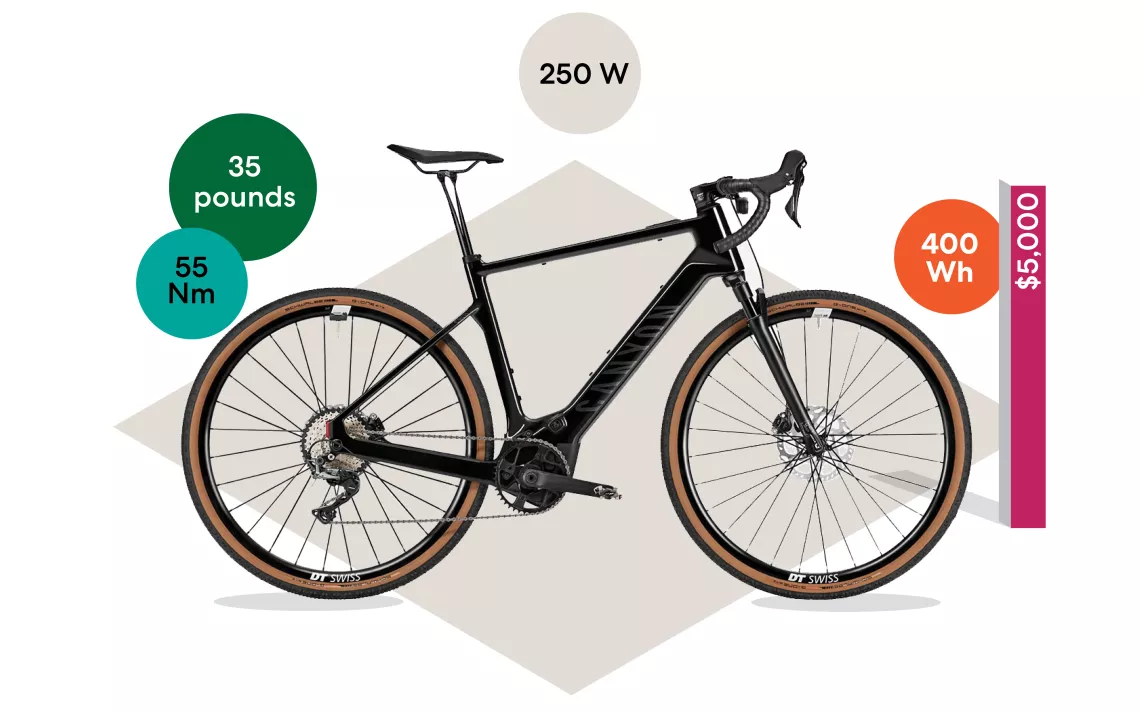
Gravel bikes are optimized for “mixed terrain” rides that contain both pavement and dirt. The crossover goal is achieved through relaxed geometry and fatter tire clearance, but Canyon’s new Grizl:ON goes further, with a carbon-fiber frame, suspension forks, a “leaf spring” seat post, integrated front and rear lights, and a Class 3 Bosch motor. $5,000
Torque: 55 Nm
Weight: 35 pounds
Motor: 250 W
Battery: 400 Wh
Customization
For whatever style you chose, here are a couple of helpful mechanical options to consider: Suspension forks and/or seat posts, which smooth the ride over bumpy terrain; hydraulic disc brakes, for extra stopping power; an internal hub, which enables shifting gears with the bike at a standstill; and a step-through frame, which eases mounting and dismounting. Oh, and a pet carrier—don’t forget a pet carrier.
Fire!?
A lithium-ion battery is a very dense power source. External damage, improper storage, or a fault within the battery itself can touch off a chemical reaction called “thermal runaway,” a sharp increase in temperature accompanied by a release of flammable gas that can ignite a fire. Last year in New York City, where e-bikes and e-scooters are wildly popular, 267 such fires caused 150 injuries and 18 deaths.
Most such conflagrations are attributable to low-quality equipment. The surge in demand for e-bikes has created a Wild West market for cheap ones, often imported directly to consumers from overseas. Substandard batteries and chargers can be defective or incompatible, contributing to overcharging and overheating. The best-quality motors incorporate unified systems designed to work in concert. Bosch, Shimano, Yamaha, Fazua, TQ, and Bafang are reputable brands, but even their high-quality batteries and chargers can explode if they’re tampered with.
Some tips to stay safe:
- Buy quality equipment and follow the manufacturer’s instructions. For batteries, look for UL certification, showing that the product passes muster with Underwriters Laboratories, a testing company that ensures safety standards worldwide.
- Always use the cord and power adapter made specifically for the bike.
- Don’t leave a charging e-bike unattended overnight.
- Don’t store batteries with a full charge for a long time.
- Keep batteries and devices at room temperature, not in excessively hot or cold places.
- Don’t modify your e-bike’s drive system.
- Don’t use batteries that have been dropped or otherwise damaged.
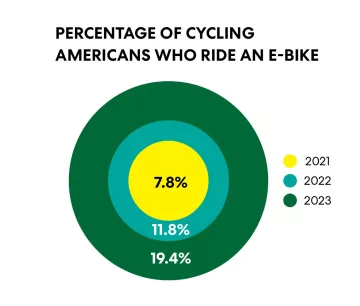
E-bikes can be expensive. No getting around it. Even popular lower-priced brands like Aventon, Rad Power, and Ride1Up start at about $1,200. Luckily, scores of e-bike incentive programs are now in play around the country. Offering an array of tax credits, rebates, and cash vouchers, they vary widely in requirements and generosity, with maximum grants of about $2,000 for low-income applicants. Portland State University has developed a comprehensive e-bike incentive tracker, listing every such program in North America, including its administrator, terms, and status.
 The Magazine of The Sierra Club
The Magazine of The Sierra Club
